The New One Minute Manager
What is The New One Minute Manager about?
The New One Minute Manager offers a fresh perspective on the timeless principles of managing people. It introduces three practical secrets: One Minute Goals, One Minute Praisings, and One Minute Re-Directs, tailored for today's fast-paced world. Easy to understand and implement, these strategies aim to boost efficiency, productivity, and workplace harmony, making it an essential read for leaders and managers seeking to inspire and empower their teams effectively.
About the Author
Ken Blanchard, a luminary in the world of management and leadership, weaves transformative ideas into accessible parables. Best known for "The One Minute Manager," his works spotlight empowering leadership and the potency of simplicity in organizational success. Blanchard's unique POV champions servant leadership, positing that the most effective leaders prioritize the growth and well-being of their teams. Through engaging narratives, he introduces readers to strategies that foster effective communication, collaboration, and adaptability in ever-evolving workplaces.
10 Key Ideas of The New One Minute Manager
Set One Minute Goals to Ensure Clarity and Focus
One Minute Goals are about setting clear, concise goals that can be reviewed in just one minute. This tactic emphasizes the importance of understanding exactly what is expected from each team member. By breaking down larger objectives into smaller, manageable tasks, individuals can focus more effectively on achieving their goals. This approach ensures that everyone is aligned with the organization's objectives, reducing confusion and increasing efficiency. Regularly reviewing these goals helps keep everyone on track and allows for quick adjustments as needed.
Learn DeeperWrite Down Your Goals: Start by jotting down your main objectives. Break these down into smaller, achievable tasks that can be easily reviewed. This makes your goals more tangible and manageable.
Review Your Goals Daily: Spend a minute each day reviewing your goals. This keeps them fresh in your mind and helps you stay focused on what needs to be accomplished.
Adjust Goals as Needed: Be flexible. If you find that a goal is no longer relevant or too challenging, adjust it. The key is to keep your goals realistic and achievable.
Celebrate Small Wins: Acknowledge when you complete a task or make significant progress towards a goal. This will keep you motivated and focused on the bigger picture.
- Example
If your main objective is to improve your physical health, one of your One Minute Goals could be to exercise for 30 minutes a day. Each day, you quickly review this goal to remind yourself of its importance and check it off once completed.
- Example
For a project manager aiming to deliver a project on time, a One Minute Goal might be to have a 5-minute daily stand-up with the team to ensure everyone is aligned and on track. This brief meeting serves as a daily review of the goal to keep the project moving forward efficiently.
Use One Minute Praisings to Boost Morale and Encourage Growth
One Minute Praisings involve catching people doing something right and immediately praising them for it. This tactic is based on the principle that positive reinforcement is a powerful motivator. By acknowledging and celebrating successes, no matter how small, leaders can significantly boost team morale and encourage continuous improvement. This approach also helps build confidence and reinforces the desired behaviors, leading to a more productive and engaged workforce.
Learn DeeperCatch Them in the Act: Make it a habit to look for your team members doing something right. This could be anything from completing a task ahead of schedule, showing great teamwork, or even just a positive attitude towards work.
Immediate Praise: Don’t wait for a formal review to acknowledge good work. As soon as you notice a job well done, take a minute to praise the individual. Be specific about what they did well and how it contributes to the team’s goals.
Public Recognition: Whenever appropriate, praise your team members in front of their peers. This not only boosts the morale of the individual but can also motivate others to strive for similar recognition.
Encourage Growth: Use the opportunity to encourage further growth. After praising the specific action or result, suggest ways they can build on this success or take on new challenges.
- Example
During a team meeting, you notice one of your team members, Alex, offering constructive feedback and support to a newer colleague. Right after the meeting, you approach Alex, commend them for their teamwork and positive attitude, and express how valuable this is for fostering a supportive team environment.
- Example
You receive a report from Sarah, a team member, that is not only well-prepared but also submitted ahead of the deadline. You send an email thanking her for her diligence and efficiency, copying in the team to highlight her exemplary work. You also mention looking forward to seeing her apply the same dedication to upcoming projects.
Implement One Minute Re-Directs for Constructive Feedback
One Minute Re-Directs are about providing immediate feedback when someone makes a mistake or deviates from the expected performance. Instead of waiting for formal review periods, addressing issues as they arise helps prevent small problems from becoming bigger ones. This tactic encourages a culture of open communication and continuous learning, where mistakes are seen as opportunities for growth rather than failures. It's crucial, however, to focus on the behavior, not the person, to ensure the feedback is constructive and not demoralizing.
Learn DeeperStart with a Positive Note: Before diving into what went wrong, begin your feedback session by acknowledging something the person did well. This sets a constructive tone and makes the recipient more receptive to feedback.
Be Specific About the Behavior: Clearly describe the specific behavior that needs improvement. Avoid vague statements and focus on actions, not personality traits, to ensure the feedback is objective and actionable.
Offer Solutions or Suggestions: Don't just point out what's wrong; provide guidance on how to improve. Offer practical suggestions or steps the person can take to correct the behavior or achieve the desired outcome.
Follow Up: Schedule a follow-up meeting or check-in to discuss progress. This shows your commitment to the person's development and provides an opportunity to offer further support or adjust the approach if needed.
- Example
Imagine a team member misses a deadline for a project. Instead of waiting for a quarterly review, you immediately schedule a brief meeting. You start by praising their previous timely submissions and dedication. Then, you clearly state the missed deadline and its impact on the team. Together, you explore reasons for the delay and agree on strategies to avoid future issues, such as better time management or more regular check-ins.
- Example
A customer service representative responds to a customer's query in a way that doesn't align with your company's values of empathy and support. Shortly after the incident, you sit down with the representative. You commend their overall performance and dedication to customer satisfaction. Next, you pinpoint the specific interaction, explaining how it could have been handled differently. You role-play a few responses that align more closely with company values and agree to revisit the topic in a few weeks to assess improvement.
Encourage Self-Leadership Among Team Members
Promoting self-leadership involves empowering individuals to take responsibility for their own success by setting their own goals, monitoring their performance, and seeking feedback. This tactic fosters a sense of ownership and accountability, driving motivation and engagement. When team members are encouraged to lead themselves, they are more likely to take initiative, solve problems creatively, and contribute to the team's overall success. It also allows leaders to focus more on strategic tasks rather than micromanaging.
Learn DeeperSet Clear Personal Goals: Start by identifying what you want to achieve in your role. Make these goals specific, measurable, achievable, relevant, and time-bound (SMART). Write them down and review them regularly.
Self-Monitor Your Progress: Keep a daily or weekly journal of your tasks and accomplishments. Note areas where you excelled and areas needing improvement. This self-reflection will help you stay on track and identify where you need to adjust your efforts.
Seek Feedback Proactively: Don’t wait for feedback; ask for it. Approach your manager or peers and ask how you can improve or where you can contribute more. This shows initiative and helps you grow.
Take Initiative: When you see an opportunity to solve a problem or improve a process, take the lead. Develop a plan and present it to your team or manager. Taking initiative demonstrates leadership and commitment.
Learn Continuously: Invest in your personal and professional development. Attend workshops, webinars, or courses that enhance your skills. This commitment to learning shows you’re proactive about leading yourself.
- Example
A software developer sets a personal goal to improve their coding efficiency. They decide to learn a new programming language within the next three months. They break down this goal into weekly learning targets, monitor their progress through coding projects, and seek feedback from more experienced colleagues on their code.
- Example
A marketing specialist aims to increase their contribution to their team's projects. They set a goal to lead a campaign from conception to execution within the next six months. They outline the steps needed, track their progress weekly, and regularly ask for input from team members to ensure the campaign is on track and aligns with the team’s objectives.
Deeper knowledge. Personal growth. Unlocked.
Unlock this book's key ideas and 100+ more. Learn with quick, impactful summaries.
Read Full SummarySign up and read for free!
The New One Minute Manager Summary: Common Questions
Experience Personalized Book Summaries, Today!
Discover a new way to gain knowledge, and save time.
Sign up for our 7-day trial now.
No Credit Card Needed

Similar Books

The Founder's Dilemmas
Noam Wasserman
Traction
Gino Wickman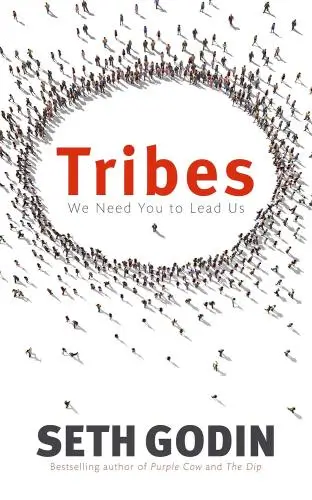
Tribes
Seth Godin
Management 3.0
Jurgen Appelo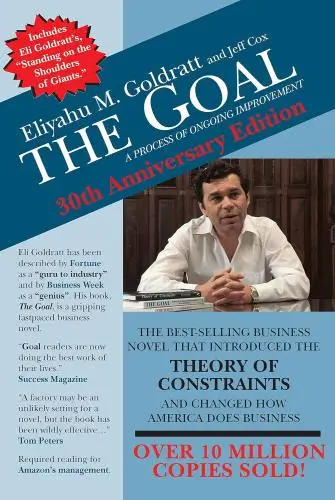
The Goal
Eliyahu M Goldratt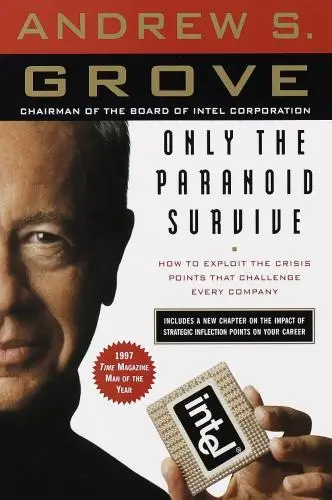
Only the Paranoid Survive
Andrew S. Grove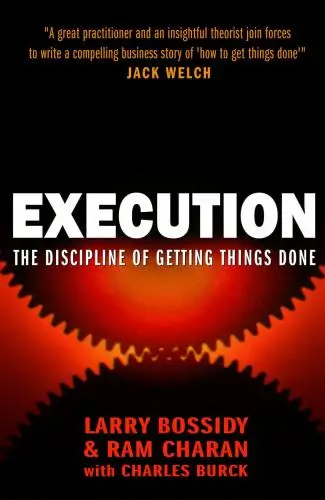
Execution
Larry Bossidy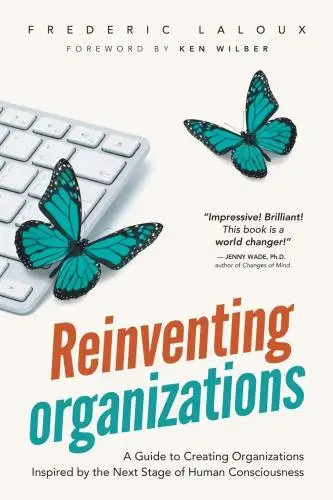
Reinventing Organizations
Frederic Laloux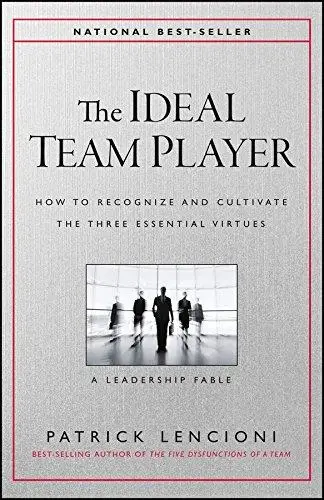
The Ideal Team Player
Patrick M. Lencioni
Multipliers
Liz Wiseman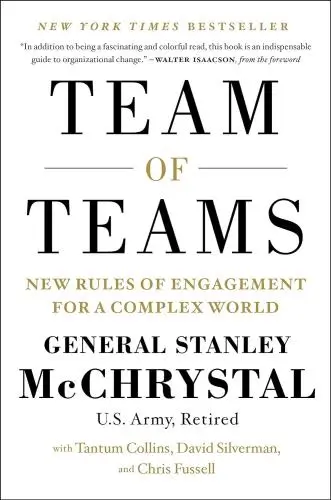
Team of Teams
General Stanley McChrystal
The Toyota Way
Jeffrey LikerTrending Summaries

Peak
Anders Ericsson
Never Split the Difference
Chris Voss
Smart Brevity
Jim VandeHei
The Psychology of Money
Morgan Housel
The First 90 Days
Michael D. Watkins
Atomic Habits
James Clear
Thinking, Fast and Slow
Daniel Kahneman
The Body Keeps the Score
Bessel van der Kolk M.D.
The Power of Regret
Daniel H. Pink
The Compound Effect
Darren Hardy
How to Win Friends & Influence People
Dale Carnegie
Eat That Frog!
Brian Tracy
The Magic of Thinking Big
David J. Schwartz
Drive
Daniel H. Pink
Essentialism
Greg McKeownNew Books

The Millionaire Fastlane
MJ DeMarco
Losing My Virginity
Richard Branson
Venture Deals
Brad Feld
48 Days to the Work You Love
Dan Miller
Anything You Want
Derek Sivers
Running Lean
Ash Maurya
Blitzscaling
Reid Hoffman
The Founder's Dilemmas
Noam Wasserman
Founders at Work
Jessica Livingston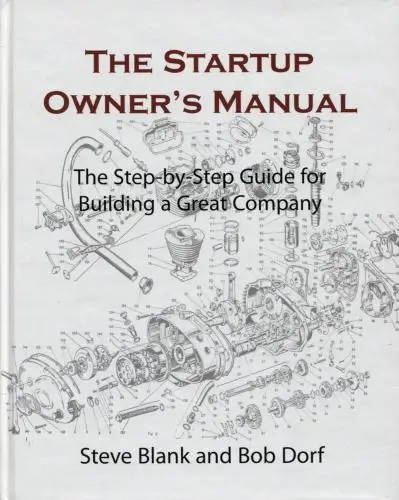
The Startup Owner's Manual
Steve Blank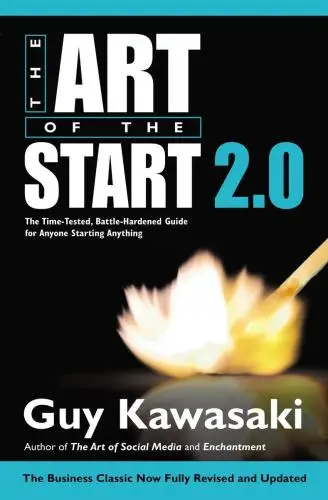
The Art of the Start 2.0
Guy Kawasaki
The Four Steps to the Epiphany
Steve Blank
Flash Boys
Michael Lewis
Crush It!
Gary Vaynerchuk

